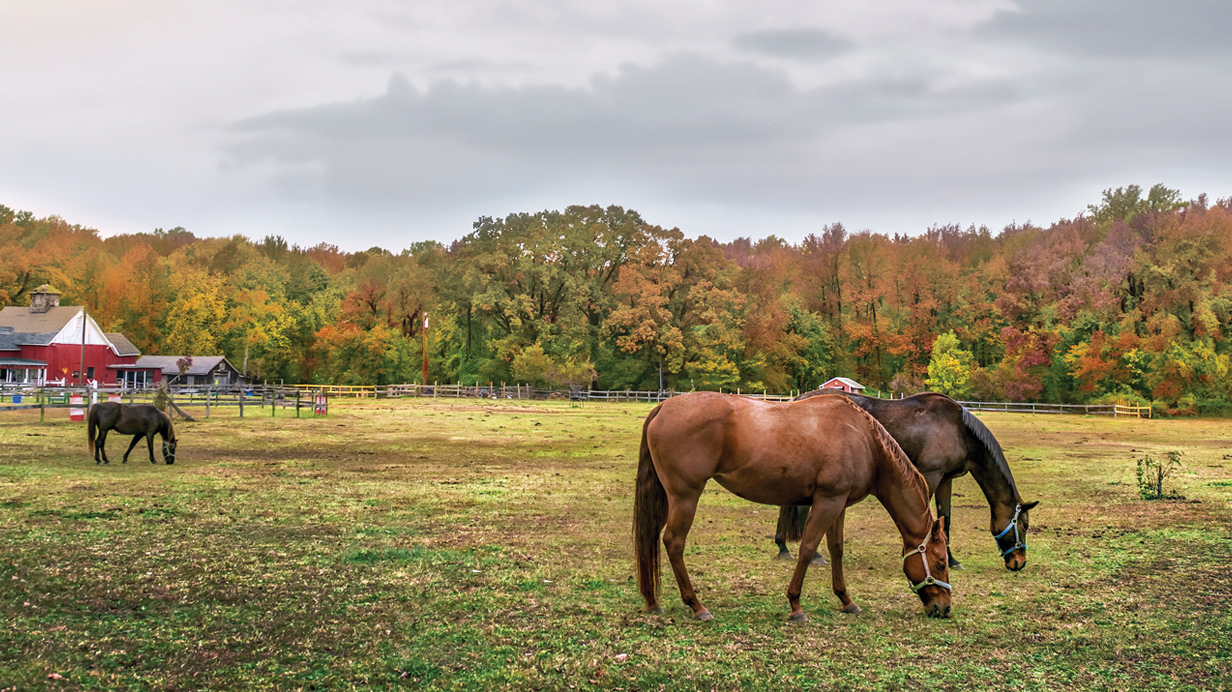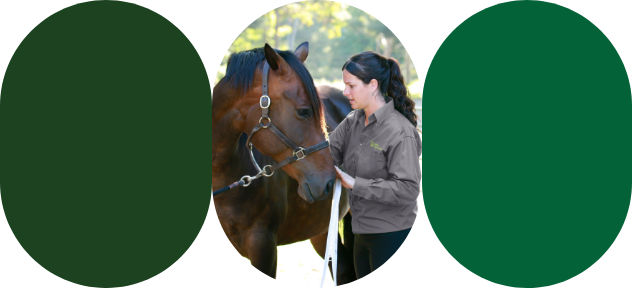How to feed horses when the show season is over
In Québec, the arrival of fall coincides with the end of equestrian competitions. This makes it the ideal time to adjust your horse’s feed program and prepare it for winter.
It’s important to properly reassess your horse’s nutritional needs based on the intensity of its new level of exercise. Refer to the standards established by the National Research Council (table below) to help you correctly categorize your horse’s level of exercise.
Description of the different exercise levels of horses in training
(Table adapted from NRC 2007, Nutrient Requirements of Horses)
In general, for the same type of hay, the amount of feed provided should be reduced by approximately 1 kg per day for each reduced level of exercise. Of course, this amount should be adjusted based on your horse’s current body condition and your goal (weight loss, maintenance or gain).
It’s also important to balance the ration with a vitamin and mineral supplement, depending on the quality of your hay and the amount of feed that you give your horse each day. As you reduce the amount of complete feed, you will need to increase the amount of supplement (e.g., Tonix, EquiBalance) to compensate for the reduction in vitamins and minerals in the ration. In some cases, it may also be necessary to provide slightly less rich hay. For example, second-cut hay containing some legumes (clover, alfalfa) can be switched to first-cut grass hay mid-heading stage.
Some other points to consider when the show season is over:
You can reduce or stop giving electrolytes to your horse if the intensity of exercise decreases to the point where it is no longer sweating. However, your horse should always have access to a salt lick and fresh, clean water.
Assess your horse’s body condition regularly to maintain a good score for the cold winter months. Outdoor horses should have a slightly higher body condition score. Adjust the amount of hay and feed as necessary.
For some horses, stopping or reducing exercise can lead to boredom and eventually behavioural problems. A horse’s paddock or stall should be stimulating and arranged so that it can interact with other horses. The horse must also have access to enough hay to keep it occupied.
You can also change the type of feed that you give your horse to meet its nutritional needs without providing too much energy. Feeds containing less starch and sugars are recommended during the rest period.
In particular, horses coming off the show circuit need to adjust their calorie intake so that they can maintain a healthy body condition. With minerals and vitamins such as Tonix, EquiBalance and EquiBloc, an outdoor shelter, high-quality hay and unlimited access to lukewarm water, your horse has every chance of making a successful transition into winter.


